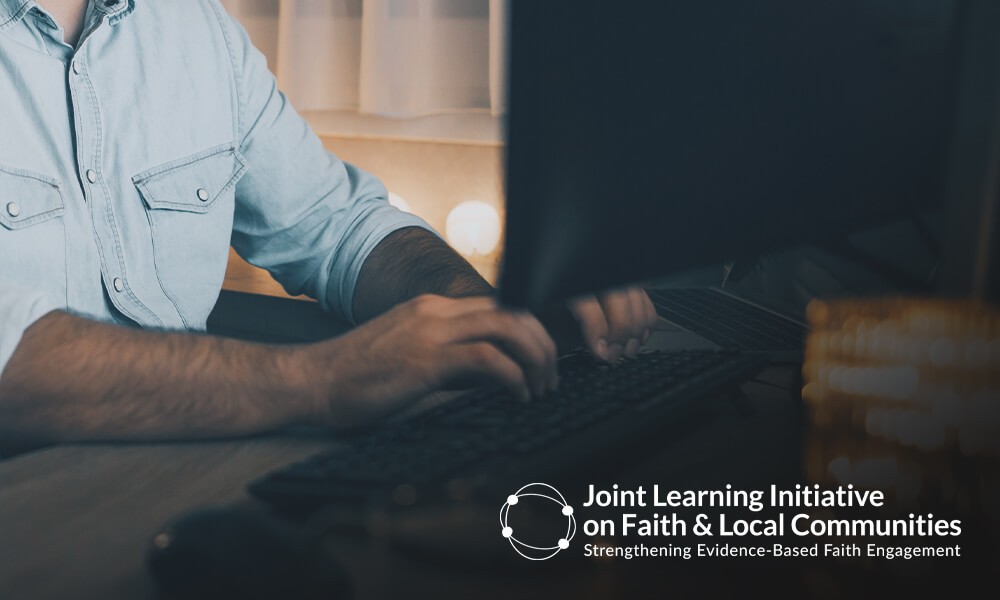Religions for Peace worked with the Joint Learning Initiative on Faith and Local Communities to devise a guide to action for religious leaders and faith communities. This guide includes introductory information on global responses to refugees and migrants, reflections on religious imperatives to welcome the stranger, and a set of guidelines to help religious leaders and communities respond to refugees and migrants as well as coordinate with other actors.
An estimated 3.5% of the world’s population is on the move, whether migrating voluntarily or because they are forced to. Migration can expose people, especially women and children, to dangers and/or to the loss of fundamental rights, as in the case of stateless people. To enhance protection for people on the move, the international community has committed to two Global Compacts – one on Migration and one on Refugees. Current efforts to improve responses to people on the move include preventing conflict and fostering peaceful societies, increasing preparedness, focusing on long-term solutions to displacement, localizing assistance to migrants and refugees, addressing xenophobia, and fostering an inclusive and plural approach. Faith actors, encompassing a variety of individuals, groups, and organizations – including but not limited to local faith communities, religious leaders, and local, national, and international faith-based organizations – are key contributors to these efforts.
Religious leaders and faith communities play a multitude of roles in responses to refugees and migrants around the world. They provide material and spiritual support, including shelter in religious buildings; safe spaces for people with specific needs; access to healthcare and education; and help in integration processes. They can also advocate for migrants’ and refugees’ rights and the expansion of protection, effectively help combat xenophobia and prevent conflict, and promote reconciliation and peacebuilding so that people can safely return home.
The guidelines presented here encourage engagement from faith actors, such as providing services for refugees and migrants, representing their faith communities and teachings to foster safe spaces, and facilitating pastoral support for refugees and migrants within their own faith communities. They also help faith actors understand how to partner with other actors, for example by working with the principles of unconditional assistance and non-discrimination, as well as navigating complex partnership procedures. Finally, the guidelines outline the role of faith actors in providing durable solutions for refugees and migrants, including peacebuilding, addressing xenophobia and fear within their own communities, providing leadership and modelling love for strangers both within faith communities and for the wider public, building interfaith collaboration, protecting those who are persecuted – including those of other faiths and values – and creating safe and welcoming environments for those integrating into new homes.
Project Lead: Dr. Olivia Wilkinson
Contributors: Susanna Trotta, Atallah FitzGibbon, Dr. Ganoune Diop, and Maya Casagrande
Reviewers: Jean Duff, Stein Vilumstad, Mary Rose O’Brien, Majbritt Lyck-Bowen
Suggested Citation: Wilkinson, Olivia, Susanna Trotta, Atallah FitzGibbon, Ganoune Diop, and Maya Casagrande. Guide to Action on Mobilizing Faith Communities to Welcome Migrants and Refugees. Report. New York, NY: Religions for Peace, 2019.

